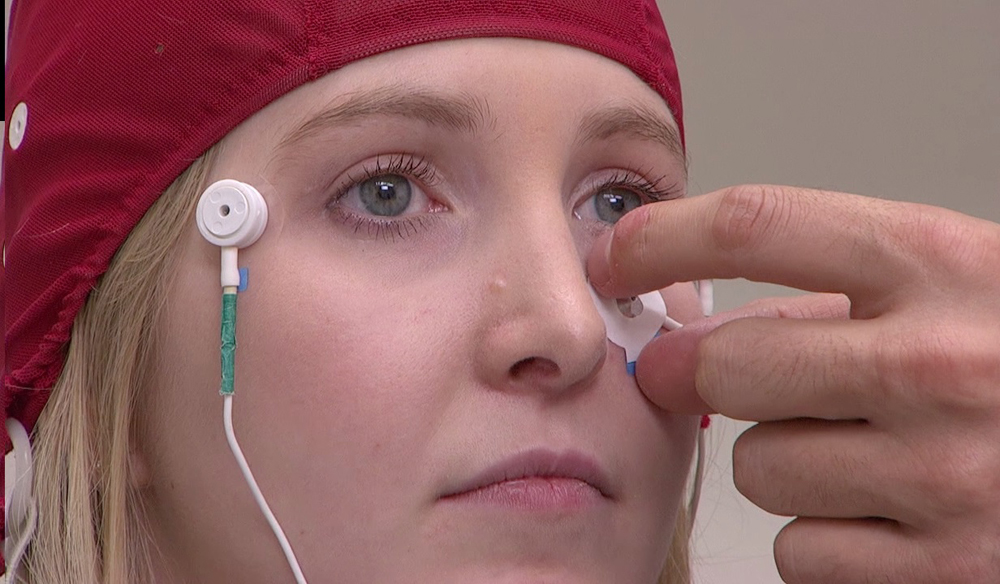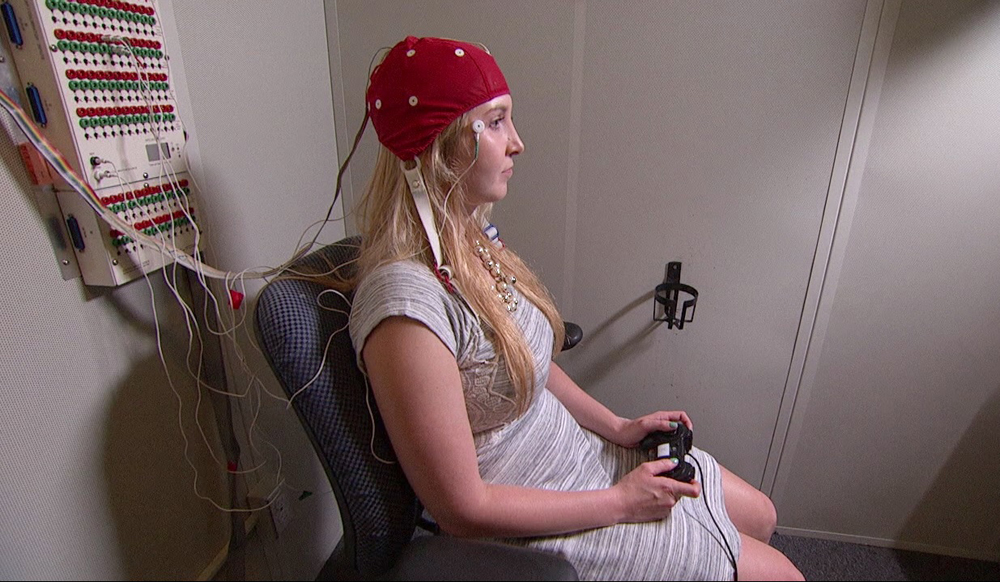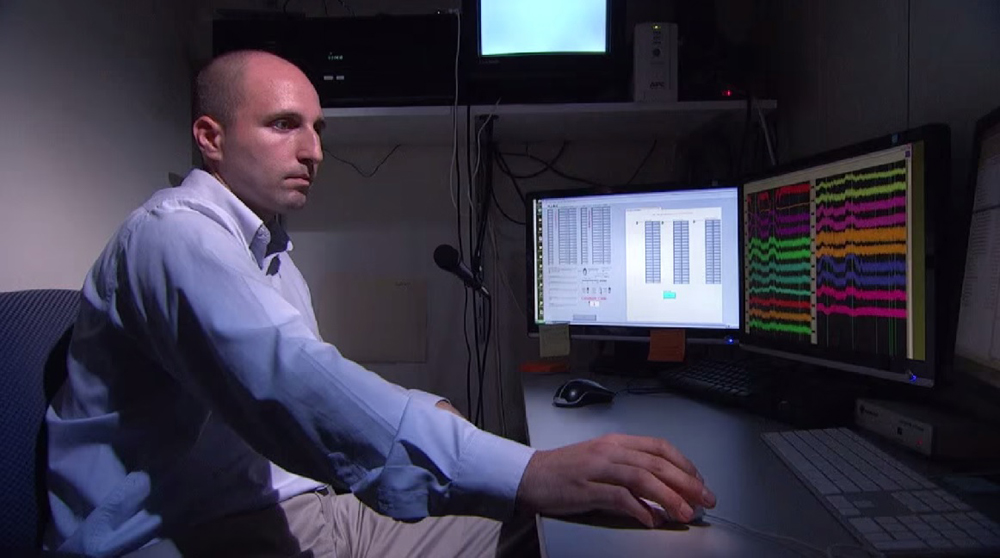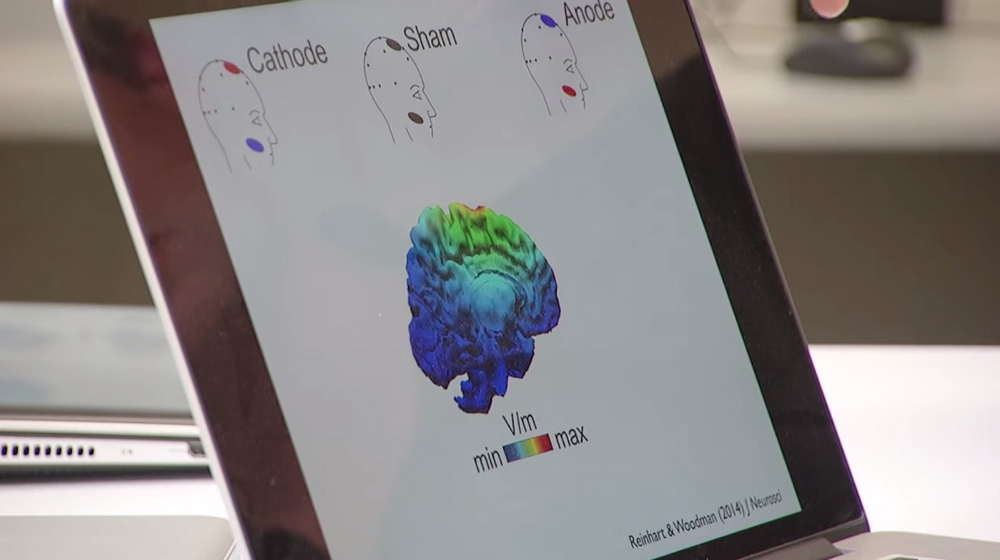
Electric Brain Booster (Do Not Try This at Home) (Gallery)
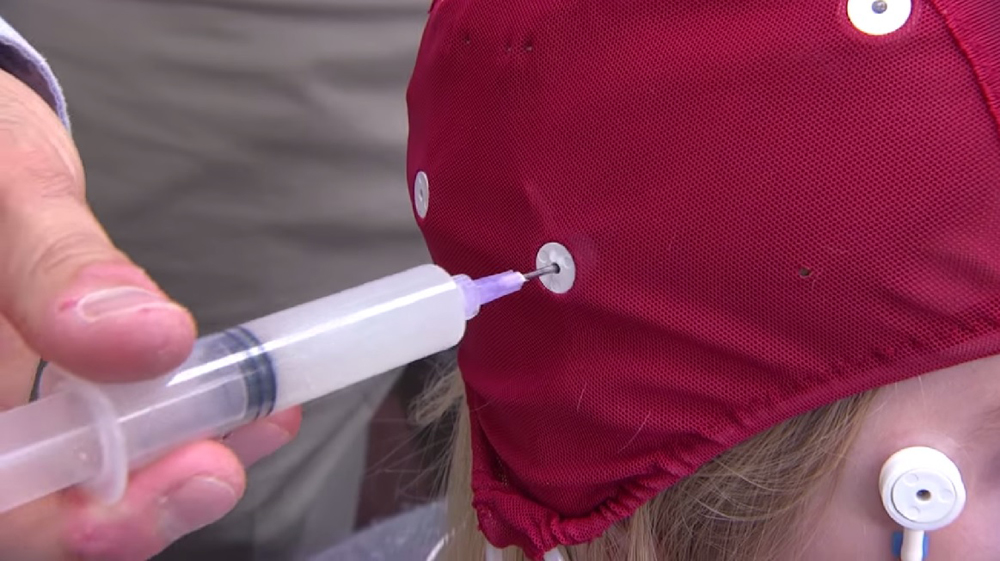
The U.S. National Science Foundation and Vanderbilt University contributed these images to Live Science's Expert Voices: Op-Ed & Insights.
Using electrodes embedded in a cloth cap, researchers are using electric pulses to improve people's thinking skills. Read more in the interview with Vanderbilt University lead researcher Geoffrey Woodman, "Could This 'Thinking Cap' Help You Learn?," and see images from the experiments in the gallery below. (Images credit: Vanderbilt University)
The thinking cap
How do you find what you're looking for? Where did you park your car? How do you get the brain motivated to look for certain things? Researchers at Vanderbilt University are studying the visual system of memory in the brain with a "thinking cap."
A tool for study
With initial support from the NSF, psychologist Geoff Woodman and his team are using devices such as this one to study the effects of electrical stimulation on certain parts of the brain, determining how the stimulation impacts memory and perception.
Stimulating sensors
Get the world’s most fascinating discoveries delivered straight to your inbox.
The team attached electrodes to Laura McClenahan's head and face, then stimulated her brain with electricity for 20 minutes. The levels are not dangerous — about the same strength as a 9-volt battery.
Checking the results
Researchers monitor the subject's brainwaves as she takes a test on a computer. The test is similar to a video game, with lots of "trial and error" choices designed to help her learn from her mistakes.
Learning how memory works
Vanderbilt University researcher Geoffrey Woodman and his collaborators are studying how short-term memory and long-term memory work together. By measuring brain activity through every day tasks, like how someone would look for car keys, the team is able to see how these two types of memory work together.
Prepping for a shock
Electrode gel (petroleum jelly with electrolytes) is injected below the tin disks used to record electrical activity generated in the brain. These tin disks are arrayed across the head so that researchers can determine how stimulation affects the activity generated in the brain as participants perform the learning task in the laboratory.
Not for the public, yet
While the "thinking cap" is not ready for widespread use, the researchers want to rule out any possible long-term side-effects — though the positive effects last for about five hours.
Understanding memory and the brain
The average healthy young adult can store about three simple objects in short-term memory. Long-term memory appears to be essentially unlimited in its capacity, but our memory failures come from an inability to pull the critical information out of long-term storage when we need it.
Follow all of the Expert Voices issues and debates — and become part of the discussion — on Facebook, Twitter and Google+. The views expressed are those of the author and do not necessarily reflect the views of the publisher. This version of the article was originally published on Live Science.




